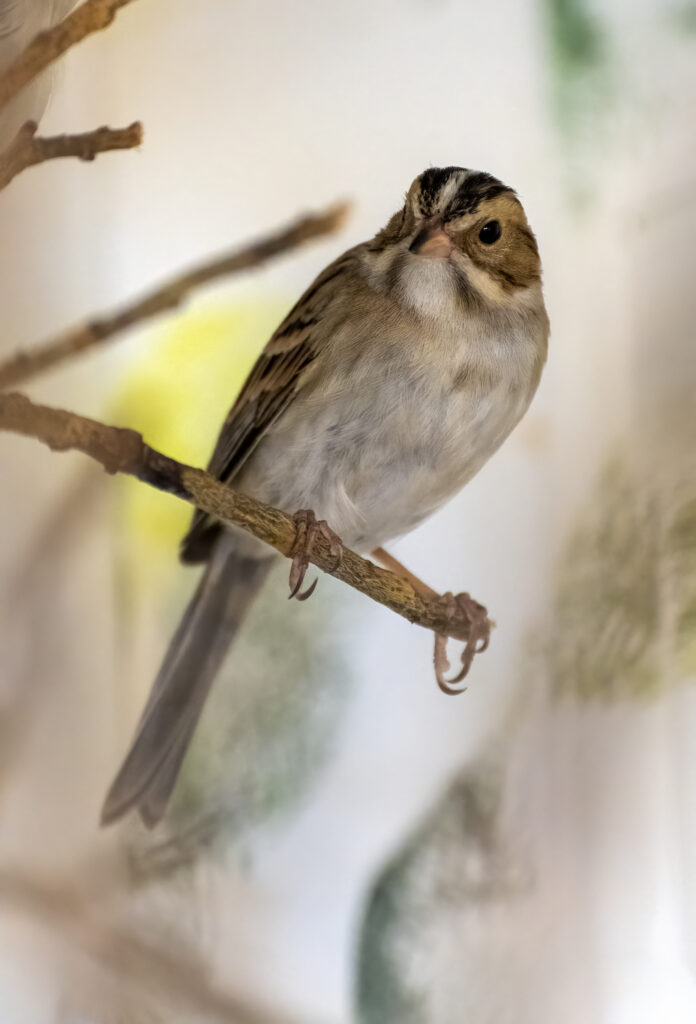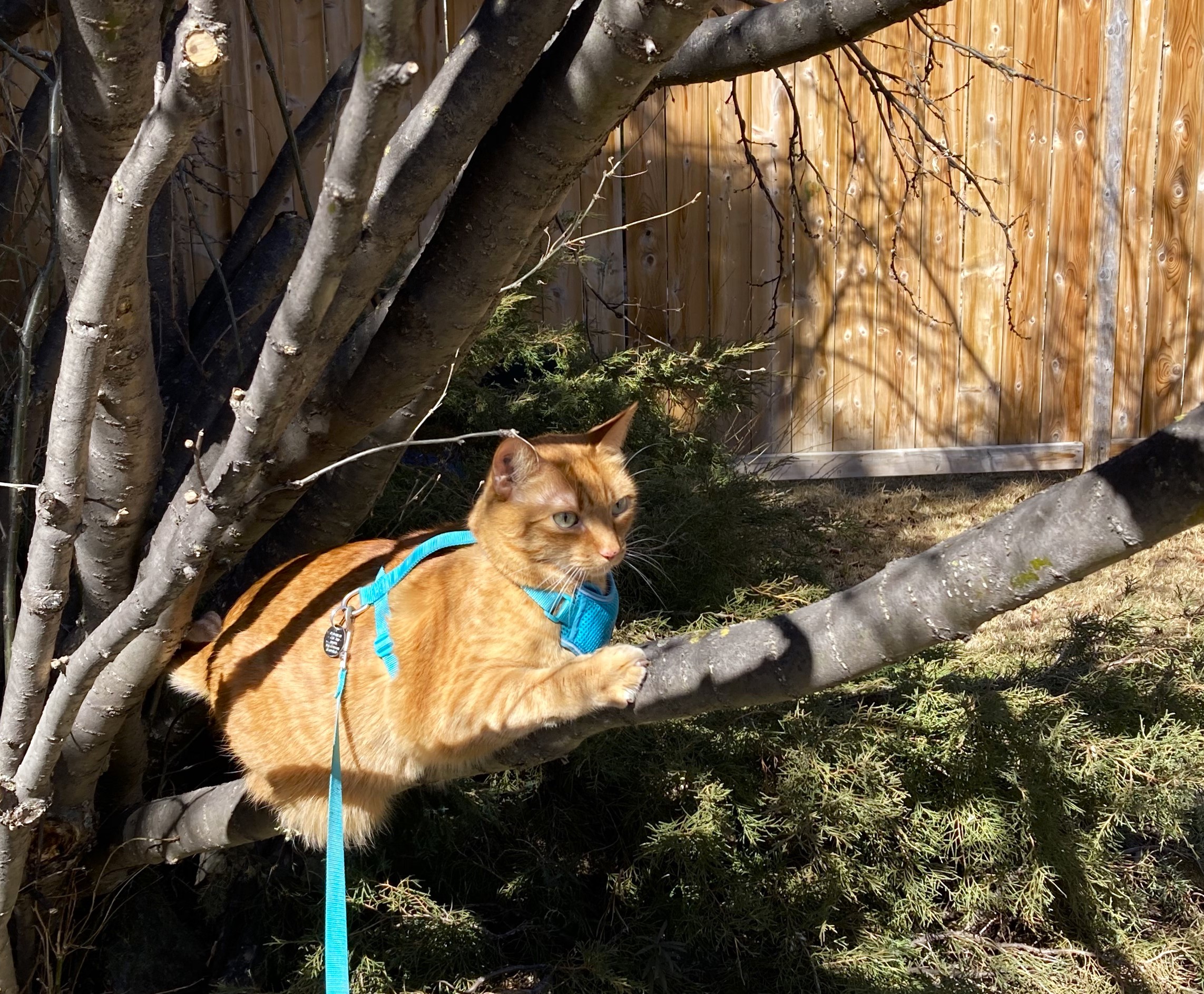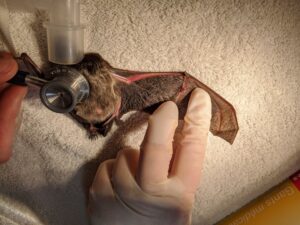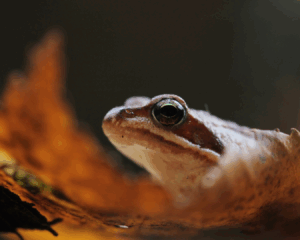by Alex Kellington
Domestic cats are a companion in many Canadian households, and for good reason. With their adorably round faces and big eyes, it’s no wonder there are over 8 million pet cats in Canada1. Humans likely became intertwined with cats around 10, 000 years ago due to the mutual benefit of pest control for humans and bountiful prey for the cats2,3,4. However, those finely honed hunting skills are now causing serious problems for Canadian birds.
It is estimated that between 100 million and 350 million birds are killed by cats every year in Canada, and as many as 115 bird species in Canada may be vulnerable to being hunted by cats5. This impact on birds is extremely worrying as many bird populations, and biodiversity in general, are at risk in Canada6,7. While direct attacks on birds are certainly common, even just having a cat around nesting birds can negatively impact the ability of bird parents to care for their offspring8.

Not only are cats a danger to wild birds and other animals, but pet cats are also at risk of being hurt if they are unsupervised outdoors. Road vehicle accidents are a frequent cause of death in pet cats. In fact, in one veterinary clinic studied in Canada, motor vehicle accidents were listed as the cause of death in 35% of cat fatalities9. Cats with outdoor access are also more likely to contract diseases, such as Feline Immunodeficiency Virus (FIV) and Feline Leukemia Virus (FeLV), and parasites such as worms, fleas, and ticks10.
A common reason given by pet owners who let their cat outside is because it is natural and it gives them exercise11,12. However, it is possible to enrich your cat’s indoor environment instead of allowing them to roam without supervision13. Toys and cat furniture, such as scratching posts and caves are a great way to allow your cat to perch, hide, and practice hunting and stalking as they would in the wild. Cats can also be trained to walk on a leash and harness, so that they can also enjoy the outdoors safely. Catios (“cat patios”) are also a fun way to give your cat supervised access outdoors. These structures can vary in size from small window attachments to larger free-standing structures.
There are many ways to give your feline companion a good life, without being a danger to the wildlife that we are so lucky to have in Alberta. If you ever see injured or orphaned wildlife, contact Alberta Institute for Wildlife Conservation at 403-946-2361.
Alberta Institute for Wildlife Conservation is a wildlife rehabilitation centre located near Madden, Alberta. We are a registered charity and are an Alberta Veterinary Medical Association accredited animal hospital, caring for wildlife only. Over the past 30 years we have admitted over 36,000 wild animals.
Footnotes
- Bernardi, Laurie. 2021. Sector Trend Analysis – Pet food trends in Canada. Global Analysis Report, Agriculture and Agri-Food Canada (AAFC).
- Driscoll, Carlos A., David W. MacDonald, and Stephen J. O’Brien. 2009. “From Wild Animals to Domestic Pets, an Evolutionary View of Domestication.” In In the Light of Evolution: Volume III: Two Centuries of Darwin, by National Academy of Sciences (US), John C. Avise, Francisco J. Ayala and editors, 89-109. Washington: National Academies Press.
- Nilson, Sara M., Barbara Gandolfi, Robert A. Grahn, Jennifer D. Kurushima, Monica J. Lipinski, Ettore Randi, Nashwa E. Waly, et al. 2022. “Genetics of randomly bred cats support the cradle of cat domestication being in the Near East.” Nature 129: 346-355.
- Driscoll, Carlos A., Juliet Clutton-Brock, Kitchener, Andrew C., and Stephen J. O’Brien. 2009. The Evolution of House Cats. June 1. Accessed June 20, 2023. https://www.scientificamerican.com/article/the-taming-of-the-cat/
- Blancher, Peter. 2013. “Estimated Number of Birds Killed by House Cats (Felis catus) in Canada.” Avian Conservation and Ecology 8 (2): 3.
- North American Bird Conservation Initiative Canada. 2019. The State of Canada’s Birds. Ottawa: Environment and Climate Change Canada.
- Federal, Provincial, and Territorial Governments of Canada. 2010. Canadian Biodiversity: Ecosystem Status and Trends 2010. Ottawa: Canadian Councils of Resource Ministers.
- Bonnington, Colin, Kevin J. Gaston, and Karl L. Evans. 2013. “Fearing the feline: domestic cats reduce avian fecundity through trait-mediated indirect effects that increase nest predation by other species.” Journal of Applied Ecology 50 (1): 15-24.
- Olsen, T F., and A L. Allen. 2001. “Causes of sudden and unexpected death in cats: a 10-year retrospective study.” The Canadian Veterinary Journal 42 (1): 61-62.
- Tan, Sarah M.L., Anastasia C. Stellato, and Lee Niel. 2020. “Uncontrolled Outdoor Access for Cats: An Assessment of Risks and Benefits.” Animals 10 (2): 258.
- Cats and Birds. n.d. Edmonton Initiative. Accessed June 20, 2023. https://catsandbirds.ca/research/edmonton-initiative/.
- Tan, Sarah M. L., Sarah Jajou, Anastasia C. Stellato, and Lee Niel. 2021. “Perspectives of Canadian and American Cat Owners on Provision of Uncontrolled Outdoor Access for Owned Domestic Cats.” Frontiers in Veterinary Science 8.
- Stella, Judith L., and Candace C. Croney. 2016. “Environmental Aspects of Domestic Cat Care and Management: Implications for Cat Welfare.” Scientific World Journal 2016.







1 thought on “Roaming cats and birds”
It’s eye-opening to see how much wildlife is impacted by our pets. What’s the best way to transition an outdoor cat to indoor living?